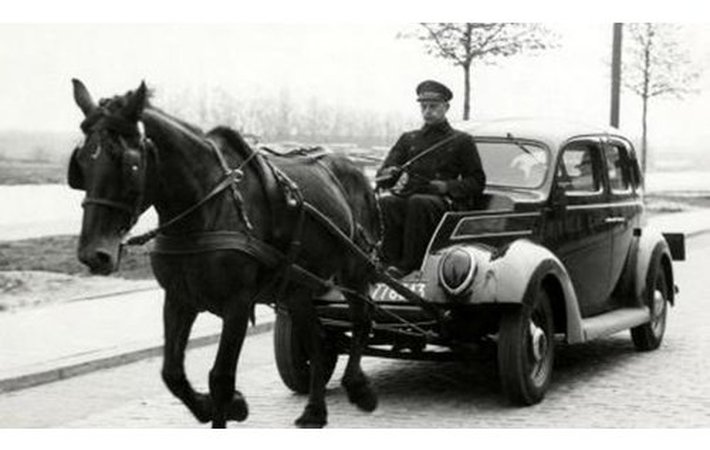
Published on 05/18/2017 | Strategy
“Don’t ask your customers what they want. By the time you build it, they will want something new.” goes the famous Steve Jobs quote. I couldn’t agree more with him and with Henry Ford 70 years before him:
“If I had asked people what they wanted, they would have said faster horses.”
How can you really innovate if your customer's feedback mostly consists of today’s popular ideas?
Asking consumers what they want is an approach that assumes they can be instant innovators and futurists and they can clearly communicate their vision. That is a big fat assumption. Most consumers won’t be describing anything beyond incremental improvements.
One reason for that is that it is hard work. It’s typically easier for people to suggest improvements to something they are currently using or something that is familiar to them then imagining something completely new. Let’s face it: we are creatures of habit. A TechCrunch article by David Mierke talked about Sigmund Freud’s “repetition compulsion”. A phenomenon in which people seek comfort in the familiar and also have a desire to return to an earlier known state of things. We have a tendency to see some things only in the way they are traditionally used. Around 15 years ago, if you asked runners what would improve their performance, they would probably tell you about improvements on their running shoes, hydration or even music but they would hardly tell you that they needed a wrist device that could accurately measure distance, speed, heart rate, time, altitude, and pace.
Of course this is not a reason for discarding consumers of the innovation process. They can definitely offer valuable insights for innovation but, I believe, it is the interviewer’s job to read what lies behind their answers. Consumers should still be asked for outcomes—that is, what they want a new product or service to do for them – and marketers should be able to identify the fears/pain behind those answers.
Many years ago, I was watching a a parents’ focus group and one of the questions was what would make their life easier when going to the super market. Many of them said they wanted the products to be arranged in a different way. The super market could have re-arranged the products, pleased the customers and given themselves a pat of the back for innovating-ish. However, the reason behind the focus group's answer (although obvious) was not part of their answer: they just wanted to make their way in and out of the store quicker. That might have been the starting point for online super markets and self-checkout.
So, in my view, innovation is about diagnosing the consumers pain/fears and not their needs. It is, as well, about persevering. Some innovations take time to be adopted.
The key is to keep innovating before you need to adapt. When you need to adapt to a market that has already changed, it is often too late to innovate.
This article was originally featured on LinkedIn.